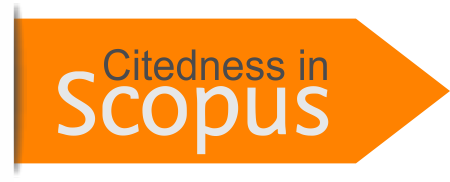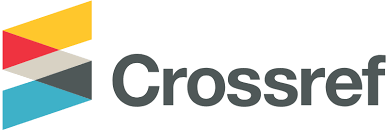Comparative Analysis of the Effectiveness of Physics Learning Outcomes Against Online and Offline Learning at Public High School 1 Tikep
Abstract
The Covid-19 pandemic has had a significant impact on education in Indonesia. From 2020 to 2021, the government requires that the learning process be carried out online. However, in early 2022 the government allowed schools in several areas to carry out offline (face-to-face) learning by implementing strict health protocols. Therefore, this study's purpose was to compare the effectiveness of physics learning outcomes against online and offline learning at SMA Negeri 1 Tikep. This study uses a quantitative method approach in analyzing physics learning outcomes. The data used in this study were 116 sample data obtained from a questionnaire given to class X IPA students at SMAN 1 Tikep. Based on the study's results, it was found that as many as 98% of students were happy with offline learning, while only 36% were happy with online learning. Offline physics learning is effective for student learning outcomes, while online learning is less effective. Students learning motivation in taking physics lessons offline has increased by 100%. When compared to student learning motivation in participating in online physics learning, it is only 17.24%. Based on the study results, it can be concluded that online physics learning at SMAN 1 Tikep cannot run effectively. The results of this study are expected to be used as material for evaluating the government in the distribution of education in Indonesia, especially in the procurement of Information and Communication Technology (ICT) facilities.
Keywords
Full Text:
PDFReferences
Jusriana, A., & Budiman, A. J. (2022). The Effectiveness of Mnemonic Learning Methods on The Ability of Memorying Physics Formula for Students of Class Viii Mts Darussalam. Al-Khazini: Jurnal Pendidikan Fisika, 2(2), 130-137.
Liliana, R. A., Raharjo, W., Jauhari, I., & Sulisworo, D. (2020). Effects of the online interactive learning media on student’s achievement and interest in physics. Universal Journal of Educational Research, 8(3).
Lin, Y. W., Tseng, C. L., & Chiang, P. J. (2016). The effect of blended learning in mathematics course. Eurasia Journal of Mathematics, Science and Technology Education, 13(3), 741-770.
Marisda, D. H., & Ma’Ruf, M. (2021, March). Situation analysis of mathematical physics learning with online learning during the COVID-19 pandemic. In Journal of Physics: Conference Series (Vol. 1806, No. 1, p. 012034). IOP Publishing.
Mohajan, H. K. (2018). Qualitative research methodology in social sciences and related subjects. Journal of economic development, environment and people, 7(1), 23-48.
Putri, R. M., Mustadi, A., & Limiansih, K. (2022). Analysis of Papuan Students' Learning Motivation in Online Learning for Elementary Science Physics Courses. AL-ISHLAH: Jurnal Pendidikan, 14(3), 3049-3056.
Renata, B., & Jana, M. (2012). Learning and Teaching with Technology E-learning as a Motivation in Teaching Physics. Procedia-Social and Behavioral Sciences, 64, 328-331.
Sudargini, Y., & Purwanto, A. (2021). Development of distance learning during the pandemic period using the android application (e-sabaky) in physics subjects at SMA Negeri 1 Pati. International Journal of Social and Management Studies, 2(5), 54-60.
Suyatna, A. (2019, February). Future physics learning materials based on STEM education: Analysis of teachers and students perceptions. In Journal of Physics: Conference Series (Vol. 1155, No. 1, p. 012021). IOP Publishing.
Syahas, A. N. R. (2019). Physics Hypnoteaching: A Literatur Review. Risenologi, 4(1), 15-23.
Trumper, R. (2006). Factors affecting junior high school students' interest in physics. Journal of science Education and Technology, 15, 47-58.
DOI: https://doi.org/10.46336/ijeer.v3i1.403
Refbacks
- There are currently no refbacks.
Copyright (c) 2023 Jahiruddin Jahiruddin, Yasir Salih
Published By:
IJEER: Jalan Riung Ampuh No. 3, Riung Bandung, Kota Bandung 40295, Jawa Barat, Indonesia
IJEER Indexed By:
 This work is licensed under a Creative Commons Attribution 4.0 International License.
This work is licensed under a Creative Commons Attribution 4.0 International License.









